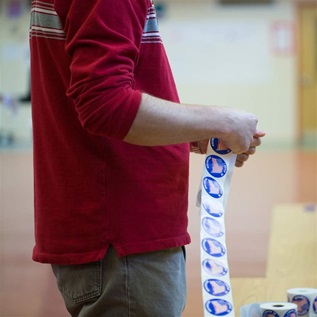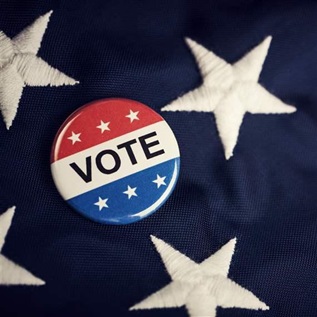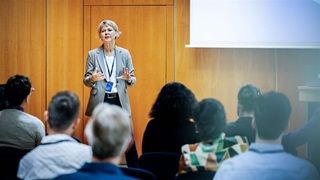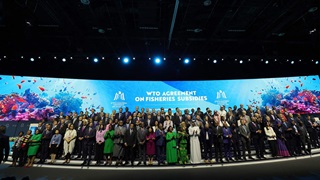Non-Precinct Place Voting
QUICK SUMMARY
In 2008, Make Voting Work (MVW), a project of the Pew Center on the States funded through The Pew Charitable Trusts and the former JEHT Foundation, released a Request for Proposals (RFP) for research that would examine alternatives to precinct-based election day voting, including early in-person and absentee voting and vote by mail systems MVW issued this RFP to advance research in this area and as a complement to the broader Pew Center on the States research agenda Seven projects were selected that cover many of the unseen effects of non-precinct place voting methods as well as some of administrative and procedural hurdles that election officials face in conducting these programs The final reports, and the data where available, are posted below.
- Non-Precinct Place Voting in the States — Jonathan Nagler at New York University, Jan Leighley at the University of Arizona and Nathan Cemenska and Daniel P. Tokaji at The Ohio State University compiled a dataset and report of state laws governing non-precinct place voting in each state for each presidential election from 1972 through 2008. The report describes the procedures used to collect these data and the basic findings of the authors. Download report.
- The Turnout Effects of Non-Precinct Place Voting Reforms — Jonathan Nagler at New York University and Jan Leighley at the University of Arizona compile comprehensive data on voter turnout and, using their dataset on electoral laws from 1972-2008, take advantage of the varied timing of adoption of early voting and no-fault absentee voting by different states to assess their impact on turnout. Download report.
- Encouraging Early Voting — Researchers at the University of Georgia partnered with state and local election officials to determine the degree to which efforts to encourage non-precinct place voting by those tasked with administering Georgia's elections were a success. The two reports give the results of a telephone survey of 2,500 voters in Forsyth, Lee and Clarke counties as well as a mail survey to all 159 county election administrators in the state of Georgia. Download report.
- Expectations and Reality About Early Voting — Christopher Mann at the University of Miami, Rachel Sondheimer at the U.S. Military Academy and Colorado election officials assess the impacts of differing non-precinct place voting systems and approaches adopted by county election officials on voter participation. The analysis relies on official voter turnout data and a pre- and postelection survey of Colorado election officials. Download report.
- Mandatory Voting by Mail — To assess the impact on voter turnout, researchers at California State University, East Bay, look at the change in the pattern of behavior for voters who are forced to switch to voting by mail as a result of a change in California state election law. Download report.
- Early Voting and Election Day Registration in Wisconsin and Beyond —Working together, the University of Wisconsin and the Wisconsin Government Accountability Board determine whether non-precinct place voting increases turnout when combined with Election Day registration, evaluating whether the combined effect increases turnout more than same day registration alone. Download report.
- Voter Errors Using Vote by Mail — Building on a partnership between local election officials in San Joaquin County, California and the University of the Pacific, researchers examine whether citizens make more errors when voting by mail than at the precinct place, including an analysis of the differential impact of vote-by-mail on demographically distinct groups. Download report.






